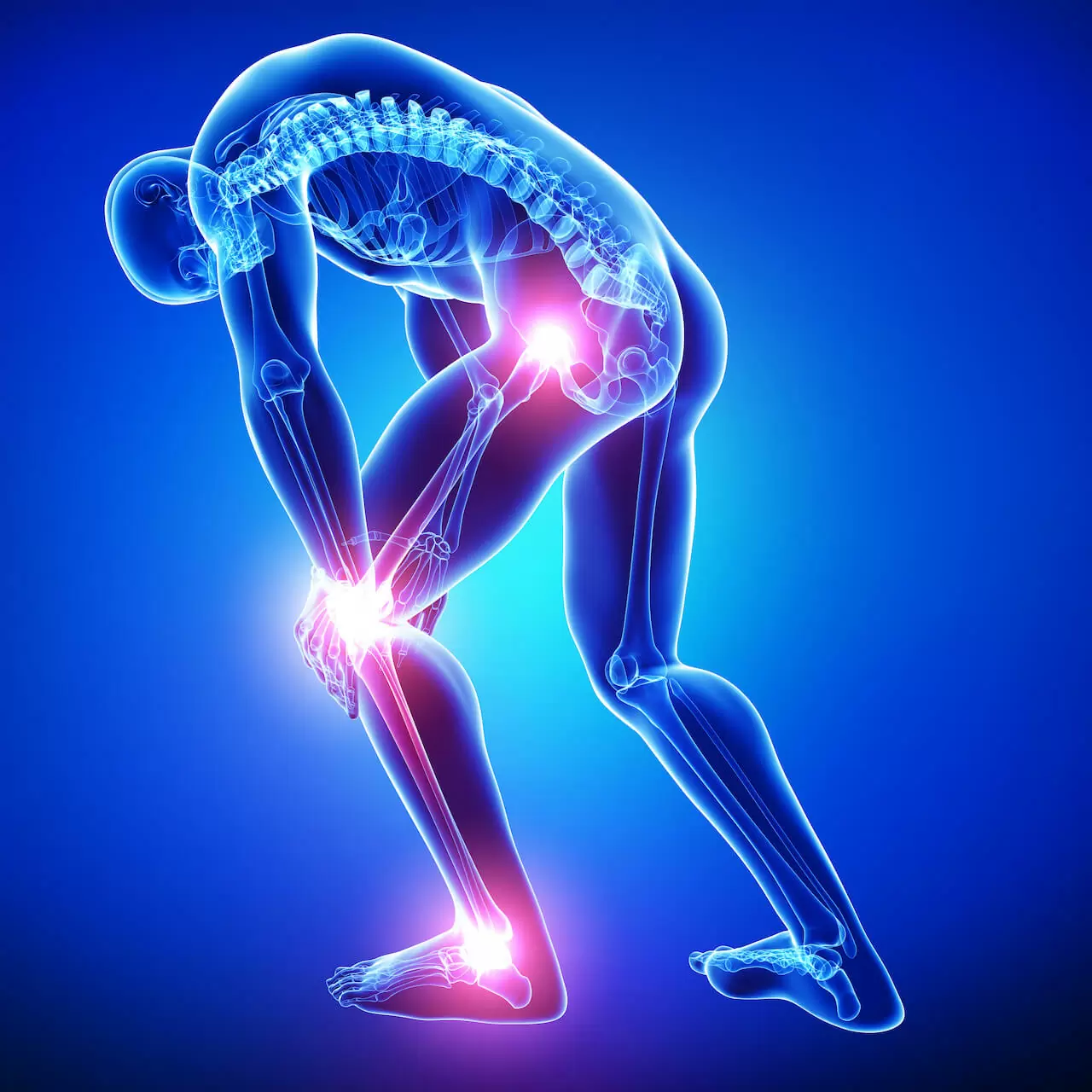Pain management is a way to reduce pain through physiotherapy. It is done without the use of medicines, steroids, injections, and surgeries.
 What is the role of physiotherapy in pain management?
What is the role of physiotherapy in pain management?Physiotherapists play an important role in managing aches and pains.
The following are the steps:- Diagnosing the root cause of pain
- Collaborating with the patient in drawing up a treatment plan
- Using the personalized exercise programme to reduce and abolish pain
- Regular monitoring to track progress.
- Pain education: motivation, awareness, and lifestyle modification wherever required.
- Prevention or recurrence management.
- Discharge and long-term follow-up
 How does the physiotherapist find the reason for the pain?
How does the physiotherapist find the reason for the pain?Pain works as an alarm system in our body, which often indicates the presence of an infection, injury, or pathology in the body. Once the problem is acknowledged, the alarm bell needs to be switched off. This is where pain management treatment comes into the picture.
Pain originating from joints, muscles, nerves, bones, and discs is confirmed through history, movement testing, and special tests which your physiotherapist runs on you to confirm the diagnosis. Based on the structure involved, a treatment protocol is designed which is customised according to the patient. Every patient has a unique treatment plan.
However, the pain as a result of infection or broken bones is referred to physicians.
What are the techniques and machines used for pain management?The following are the treatments used for reducing pain
- TENS, ITS and UST
- Dry Needling
- Cupping
- Education and awareness
- Lifestyle management
- Posture and ergonomics
- Relaxation therapy and mindfulness
- McKenzie and Mulligan therapy
- Chiropractic
- Soft-tissue mobilisation
- Tapping
- Therapeutic exercises
- Goal-oriented functional training to restart activities like returning to the office, sports, or leisure activities such as swimming, dancing, and gardening
Author: Dr. Sushanta Kumar Ghosh, Physiotherapy Specialist, DIU Medical Center


